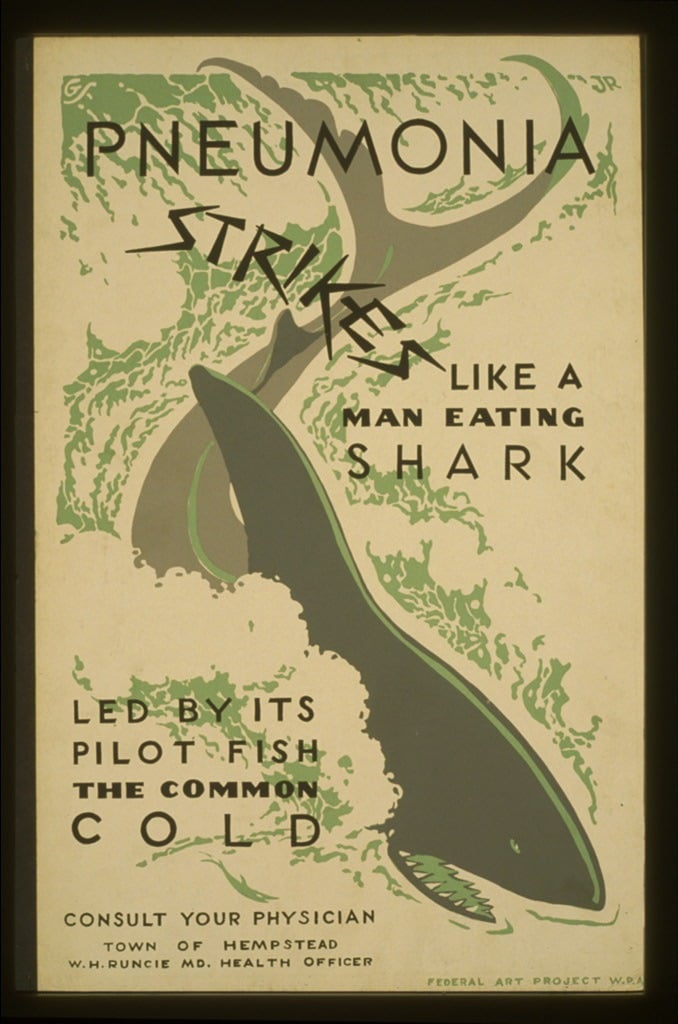Cold Weather and Lower Temperatures Affect the Human Body
The Human Body is made to deal with the Cold
Cold Temperatures stress the body, but the human body is meant to adapt to colder conditions. You see, low temperatures stress the body; but in a way, it is a very psychological phenomenon. It happens in your mind. The way that you react mentally can have a big effect on how the stress of cold affects you. However, for this article we will discuss primarily the physiological response of the human body to low temperatures.
Over time, the body will adapt to colder conditions. Even brief exposure to low temperatures lead to increased levels of norepinephrine and cortisol, lymphocytosis, decreased lymphoproliferative responses, decreased levels of TH1 cytokines and salivary IgA, and increased lactate levels during exercise. It takes time for the body to de-stress itself in the cold.
Does Exercising Help in the Cold?
Exercising in the cold doesn’t seem to help too much. It can for a short period of time though. Just try not to sweat! Exercising exhausts the bodies energy reserves for immediate heat. Though in general, exercising is a good way to keep the immune system strong. Sweating also causes the body to lose heat quickly.
It seems that previous exposure to cold temperatures is one of the few things that helps the body to adapt. But acute exposure of the skin can have a huge effect on the body’s immune response, so be sure to keep your skin covered in colder temperatures until your body has adapted. They say it takes about 2-3 weeks for your body to adapt to those lower temperatures.
The Cold and the Human Heart’s Health
Cold weather and Cardiovascular Health
People die more often of heart and respiratory diseases in the winter. Vasoconstriction increases blood pressure during the bodies cold-stimulus response. The decrease in cellular plasma also creates a lot more work for your heart.
The Body’s Response to Cold over Time
Exposure to cold causes the sympathetic nervous system to heat the body by constricting blood flow to the extremities and superficial tissue. The body then begins to constrict the flow of the immune system, as well as the nervous system. As the nervous system restricts flow, the extremities lose blood flow until frostbite and more serious, permanent damage occurs.
Who do Mammals Shiver?
Why do you Shiver when it’s Cold Outside?
Over time, the blood pressure increases to cope and the body begins to shiver at a certain point. Once you are shivering heavily, you are at the point where you can get frostbite, or even hurt yourself because the body convulses so strongly. But this can also happen well above frostbite temperatures due to the body’s tolerance level. As people get older, they shiver less, which results in a more rapid drop of temperature upon exposure.
Here’s how Shivering works Neurologically:
Located in the posterior hypothalamus (brain) near the wall of the third ventricle is an area called the primary motor center for shivering. This area is normally inhibited by signals from the heat center in the anterior hypothalamic-preoptic area but is excited by cold signals from the skin and spinal cord. Therefore, this center becomes activated when the body temperature falls even a fraction of a degree below a critical temperature level.
Humans heat themselves Naturally by Burning Fat
Humans also have regulatory neurotransmitters and hormones to help the body burn fat for heat when the body is cold. This is primarily how the newborn and elderly bodies create heat. As we get stronger immune systems, the body shiver response gets stronger, apparently.
Injuries from cold temperatures:
frostbite, hypothermia, heart attacks due to decreased blood flow
References
- Human Responses to Cold
Exposure to cold and respiratory tract infections [Review Article]
- Cold Exposure Human Immune Responses and Intracellular Cytokine Expression
- Acute Cooling of the Surface of the Body and the Common Cold
- Can Exercise Make Us Immune to Disease?
- Cross-Talk between the Immune and Endocrine Systems
Common Cold Wiki –
No antibiotics, Cough Meds are BS… eat some candy:
Possible explanations may include temperature-induced changes in the respiratory system,[42] decreased immune response,[43] and low humidity causing an increase in viral transmission rates, perhaps due to dry air allowing small viral droplets to disperse farther and stay in the air longer.[44] The apparent seasonality may also be due to social factors, such as people spending more time indoors, near infected people,[42] and specifically children at school.[37][41]
There is some controversy over the role of low body temperature as a risk factor for the common cold; the majority of the evidence suggests that it may result in greater susceptibility to infection.[43] Herd immunity, generated from previous exposure to viruses, plays an important role in limiting viral spread, as seen with younger populations that have greater rates of respiratory infections.[45]
Poor immune function is a risk factor for disease.[45][46] Insufficient sleep and malnutrition have been associated with a greater risk of developing infection following rhinovirus exposure. Due to their effects on immune function.[47][48] Breast feeding decreases the risk of acute otitis media and lower respiratory tract infections among other diseases,[49] and it is recommended that breast feeding be continued when an infant has a cold.[50] In the developed world breast feeding may not be protective against the common cold in and of itself.[51]

